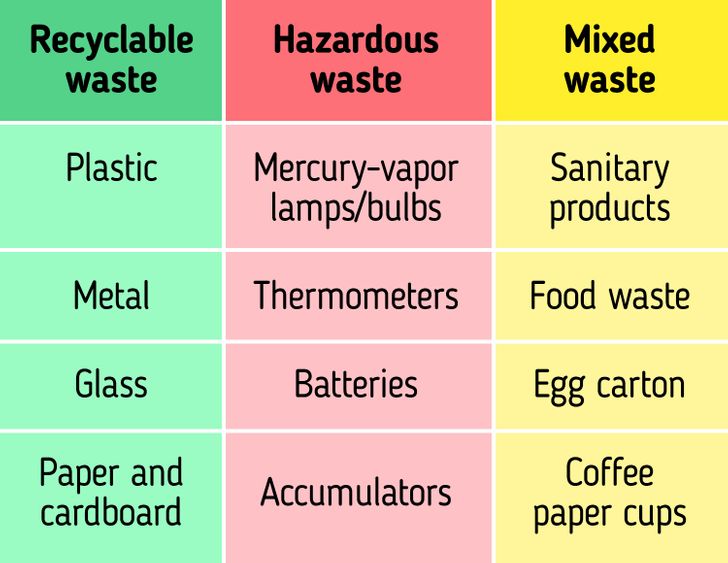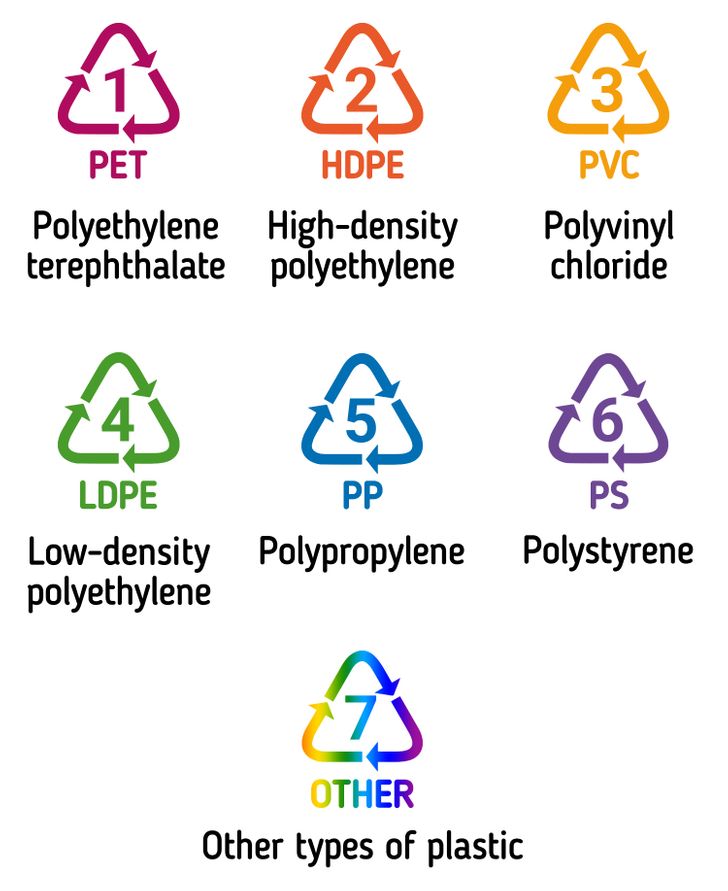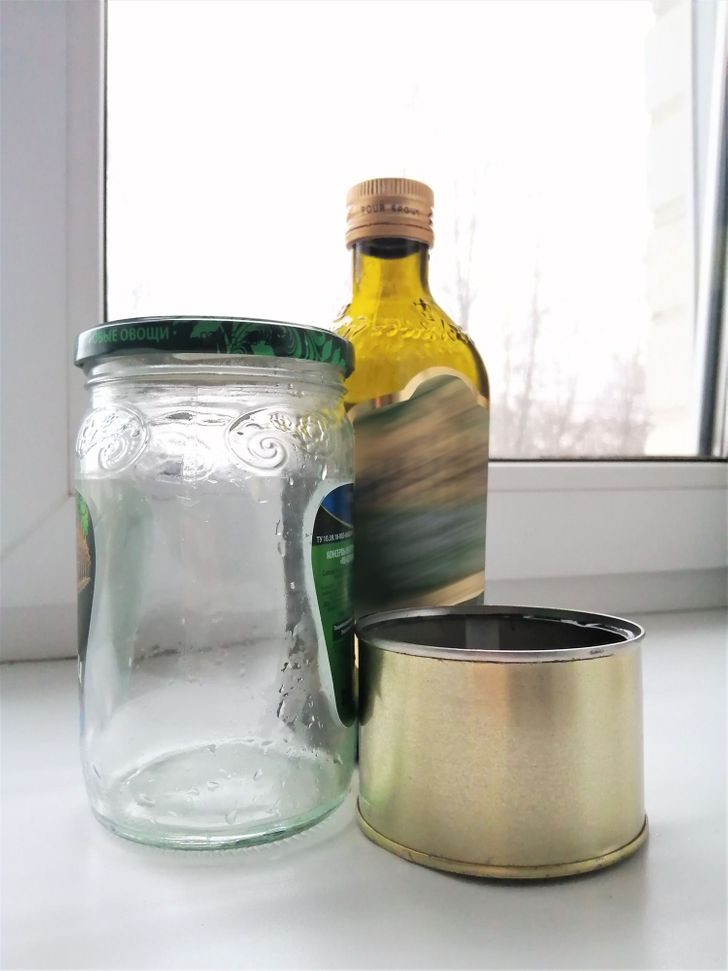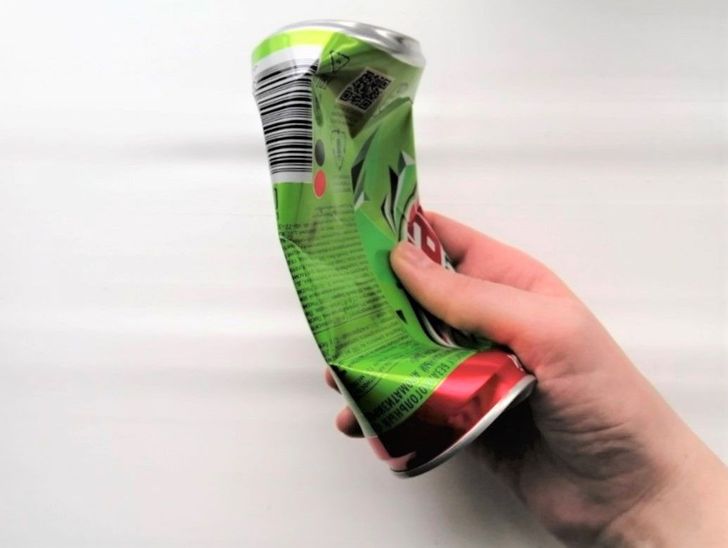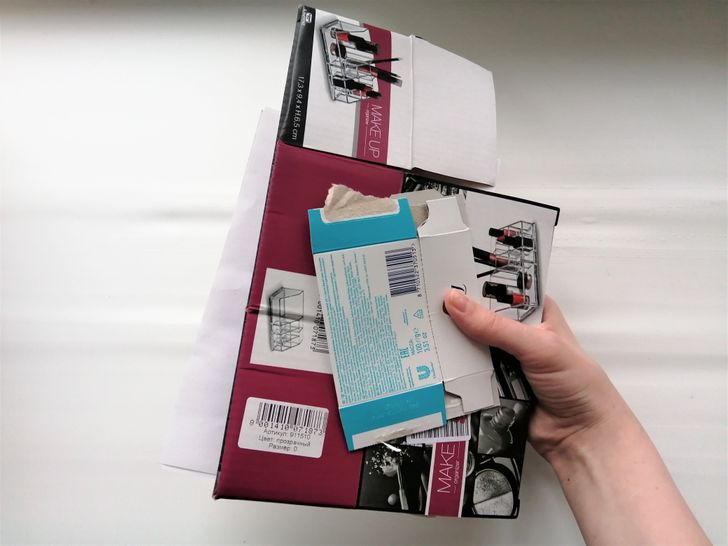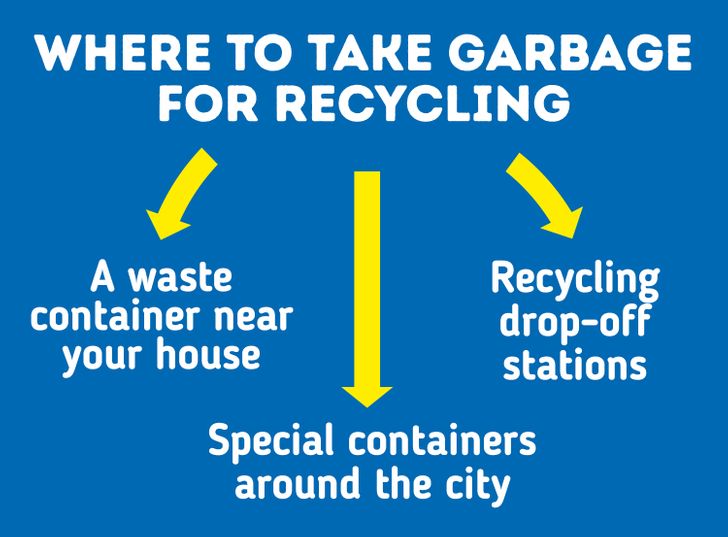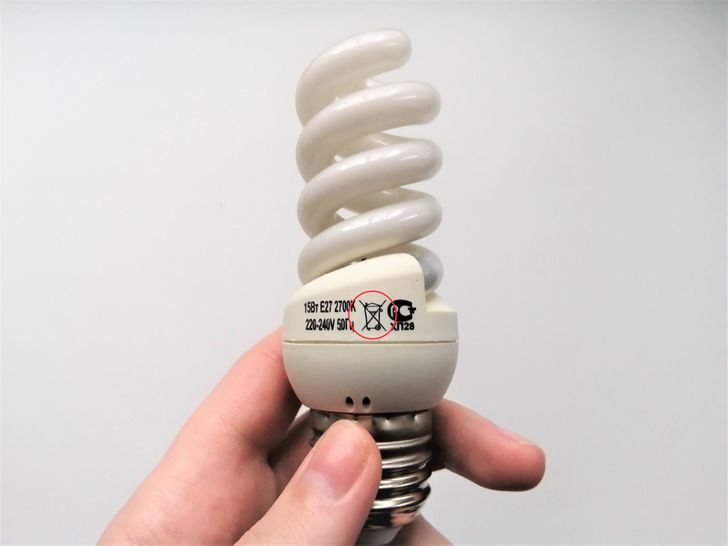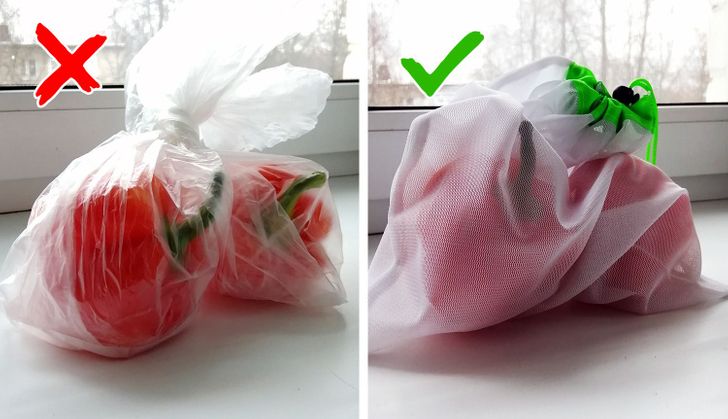How to Sort Your Waste Properly
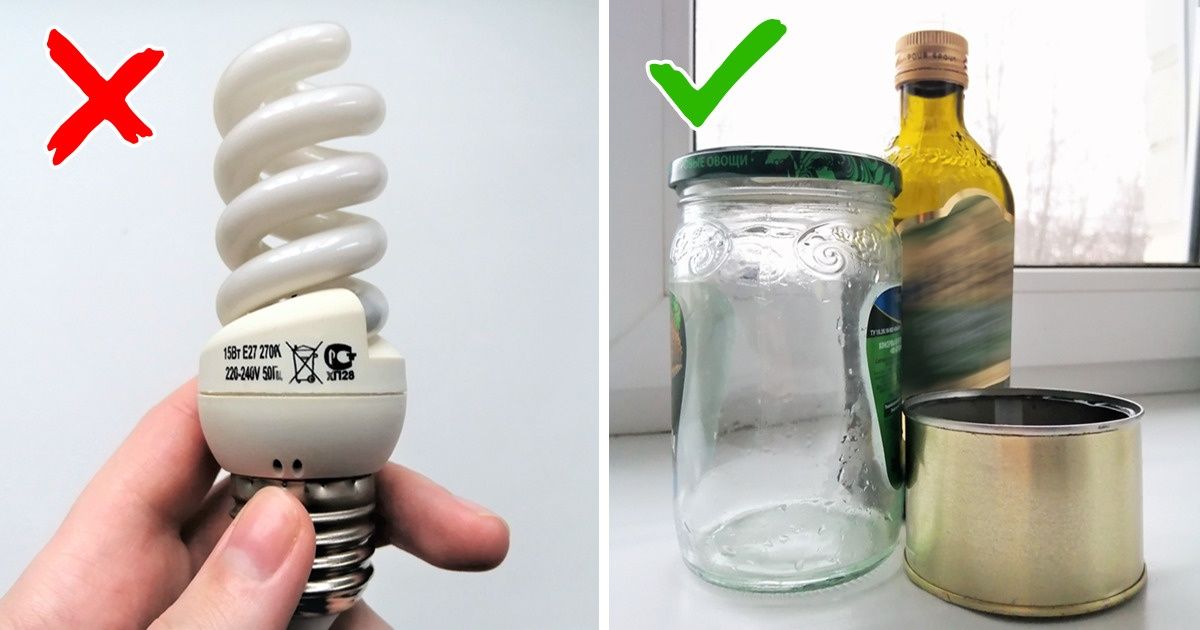
The world generates more than 2 billion tons of municipal solid waste annually. From 20 to 50% of it can be recycled. You just have to separate recyclable waste from the waste that can’t be recycled.
5-Minute Crafts prepared a guide on how to organize waste sorting at home and how to distinguish recyclable and general waste.
1. Assign a special waste container
Place one additional waste container next to the regular one. This container will be for recyclable waste, like:
- plastic bottles, jars, containers, cups, and lids
- tin and aluminum cans
- glass jars, bottles, and dishes
- paper, cardboard, and printed materials
Dispose of non-recyclable waste like food waste, hygiene products, and mixed packaging in a regular container. Mixed packaging includes egg cartons, disposable coffee cups, and cardboard packaging from fast food restaurants.
Store hazardous waste, like used batteries, accumulators, mercury-vapor lamps/bulbs, and medical thermometers, separately. They should be delivered to special recycling drop-off stations.
2. Sorting plastic
Each plastic package is marked with a triangle that has a number inside. It can be found on the back of the product label or at the bottom of the container. The number indicates the type of material the plastic is made of. There are 7 of them:
-
Polyethylene Terephthalate (PET). The majority of clear bottles and food packaging are made of this plastic.
-
High-Density Polyethylene (HDPE). White milk bottles of all sizes, bleach-type bottles, washing machine bottles, and some bottle caps are made of this plastic.
-
Polyvinyl Chloride (PVC). This is used in clear bottles, food trays, toys, piping, and wire insulation.
-
Low-Density Polyethylene (LDPE). Plastic bags, plastic packaging, and plastic wrap are made of this.
-
Polypropylene (PP). It’s used in butter and margarine tubs, clear fresh soup containers, some bottle caps, and glass jar caps.
-
Polystyrene (PS). It’s used in yogurt containers, insulated disposable cups, some trays, and parcel packaging.
-
Other types of plastic (OTHER). Reading glasses, CDs and DVDs and cases, some electrical connections and wiring, and general household plastics are usually made of this.
The latter type of plastic can’t be recycled so far. Throw the packaging made of this plastic into the general waste container. The plastics from types 1 to 6 are accepted for recycling, but not everywhere.
Almost every recycling station accepts types 1 and 2. If there is a recyclable waste container near your house, you can throw away these plastics there. Types 3 to 6 are not widely accepted, but sometimes they are accepted only at special stations.
3. Sorting aluminum and glass
All types of glass containers and food cans are accepted for recycling, like:
- sauce, pickle, or mushrooms jars
- vegetable oil, vinegar, or sauce bottles
- vegetable, meat, or fish cans
- condensed milk cans
Before sending this type of waste to recycling, remove the food residue from the containers and rinse them under running water. If possible, remove the labels. But if they don’t come off, it’s okay to put them into the waste container like this. By the way, it’s recommended to adhere to the same process with plastic items.
4. Preparing aluminum cans
Aluminum beverage cans can also be recycled. But, unlike tin and glass containers, it’s recommended to flatten them first. This way, they will take up less space in the recyclable waste container.
5. Preparing paper and cardboard
All kinds of paper and cardboard are accepted for recycling. The exception is greaseproof and plastic-coated paper, like:
- disposable coffee cups
- fast food cardboard packaging
- paper food packaging with a plastic coating inside
- egg cartons
- ATM slips
- paper with a layer of glue
- laminated paper
This waste belongs to general waste. The rest can be recycled. Just like aluminum cans, paper and cardboard should be flattened.
6. Bringing waste to recycling
Recyclable waste can be dropped at:
- A waste container near your house. If waste sorting has been introduced in your region, then there should be a special recyclable waste container near your house. Find out which waste and which plastics are accepted for recycling. You can find this information on the container label or on the website of the waste management company in your area.
- Recycling drop-off stations. Some companies collect and recycle certain types of waste. Some can accept type 5 plastic, some accept paper and cardboard, others accept only glass. Usually, these stations can be found on a recycle map managed by eco-activists.
- Special containers around the city. They are placed at bus stops or in public places. Type 1 plastic bottles (PET) and glass containers can be dropped off there.
7. Drop the hazardous waste at special locations
Some types of waste are banned from the general trash because hazardous materials can be released into the environment and contaminate our air, water, and possibly the food we eat. These materials include:
- batteries
- all types of accumulators
- Mercury-vapor lamps/bulbs
- Mercury thermometers
- tires
- old home appliances
- expired medications
They should be dropped off at special waste management locations that can be found on the maps of eco-activists like Greenpeace. Old home appliances are often accepted in specialized stores while batteries and accumulators can be dropped off at special boxes that are often located inside big retailers.
8. Reduce the amount of waste
The less waste we produce, the less of it will need to be recycled. Try to reduce its amount by adopting useful eco-friendly habits:
- Replace disposable bags with bags made of fabric, and keep vegetables and fruit in them.
- Go shopping with reusable bags. This way, you won’t have to take plastic bags to the cashier.
- Choose non-prepacked foods like grains, pasta, sugar, nuts, and dried fruits. You can store these foods in fabric bags.
- If you don’t like non-prepacked foods, choose those in big packages. This way, you’ll produce less waste and save some money. Bigger packages are usually cheaper pound-wise.
